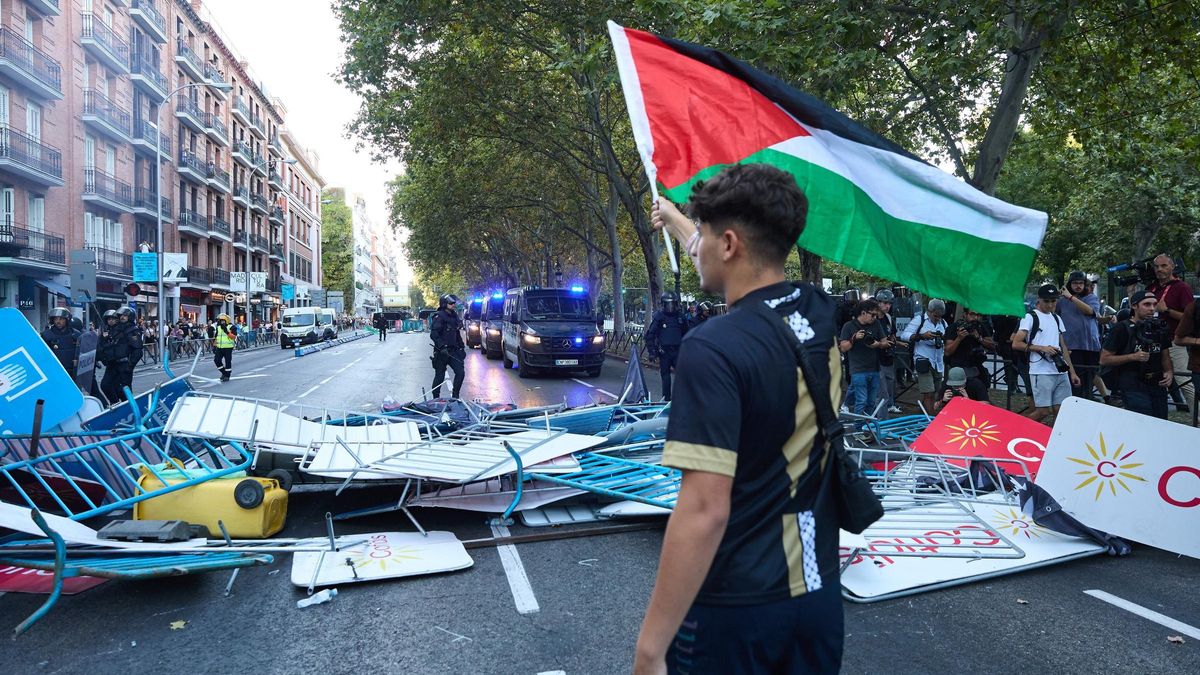After navigating a complex bureaucratic process that has lasted nearly three decades, the Arona City Council has formally accepted the partial reception of the first parcels of land corresponding to the El Mojón Partial Plan, a significant urban development project in the Canary Islands. The approval of this plan dates back to 1996, with its urbanisation project established in 1998. However, it is only now, in 2025, that the Council begins to manage the land intended for public infrastructure and services, following the signing of a Urban Planning Agreement last year.
The Partial Reception of El Mojón
The project encompasses a total area of approximately one million square metres and is projected to require a direct investment of €2 billion, with an estimated €8 billion in indirect investment. This agreement between the City Council and the Compensation Board, which groups the landowners, has facilitated the transfer of 332,900 square metres for public purposes. The allocation of these areas includes 120,000 m² for roads, car parks, and pedestrian zones, 11,400 m² for educational facilities, 15,900 m² for sports installations, and 17,000 m² for cultural amenities.
The Mayor of Arona, Fátima Lemes, emphasised that the reception of these lands will “not only allow for tourism and residential use but, crucially, will provide important public services for the municipality.” She also noted that this development “will stimulate the local economy with investments, opportunities for businesses, and job creation.” She highlighted the necessity to “ensure adequate mobility, pedestrian and vehicle access, and public services” for the collective wellbeing.
The Councillor for Urban Planning, Javier Baute, explained that the plan primarily envisions residential and commercial uses, with a ratio of 60% residential and 40% tourist. Baute indicated that the project will benefit multiple sectors, including SMEs, construction, and self-employed individuals. He acknowledged that challenges such as mobility will arise but assured that they are already being addressed with “technical proposals and solutions.”
Miguel Villarroya, president of the El Mojón Compensation Board, pointed out ongoing discussions regarding traffic issues in Los Cristianos, mentioning talks with the Government of the Canary Islands and the Cabildo of Tenerife. Villarroya reminded attendees about the inclusion of a solution in the mobility plan of the Insular Corporation that considers the burial of part of Chayofita and the central axis of Avenida Juan Carlos I. Additionally, he mentioned “the 245,000 metres of roadways that the municipality currently lacks, which will be crucial in addressing mobility issues once opened to the public.”

A New Urban Model
Villarroya stressed that the plan aims for a high-quality tourist and residential model. He noted that the proposed architecture is “very appealing,” with a gross buildability of 0.29 and a net buildability of 0.49. He highlighted that the anticipated 60 square metres per unit, both residential and tourist, diverges from the 18 square metres model seen on the coast. “It’s not about more tourism; it’s about quality tourism and quality residential offering… This plan will foster a better, higher-quality tourist model, changing the rules of the game we have had until now,” he asserted.
The project is expected to generate an economic investment impact of over €1 billion in its residential and tourist phases, which will translate to the creation of 4,000 to 5,000 stable jobs once the area stabilises. Villarroya also mentioned that the plan could “address the housing issue.”
Management of Green Spaces
Regarding the 53,000 square metres of green spaces to be created—currently pending environmental processing for their acceptance—the Councillor Baute and Mayor Lemes clarified that the City Council has budgeted for the necessary increase for their maintenance, though this will be a gradual assumption. “We will not take on the parks directly, hence a contract was more than necessary, and this will be done progressively in line with our capacities, also with the collaboration of the board,” the Mayor pointed out.
The president of the Compensation Board added that once the acceptance of the parks is complete, the Board will become a “conservation entity” to agree with the municipality on maintenance responsibilities. Villarroya asserted that the plan configures a “new city” with “much greater density and many more green spaces,” aiming to offer a higher quality of life and attract a more affluent tourism demographic.














